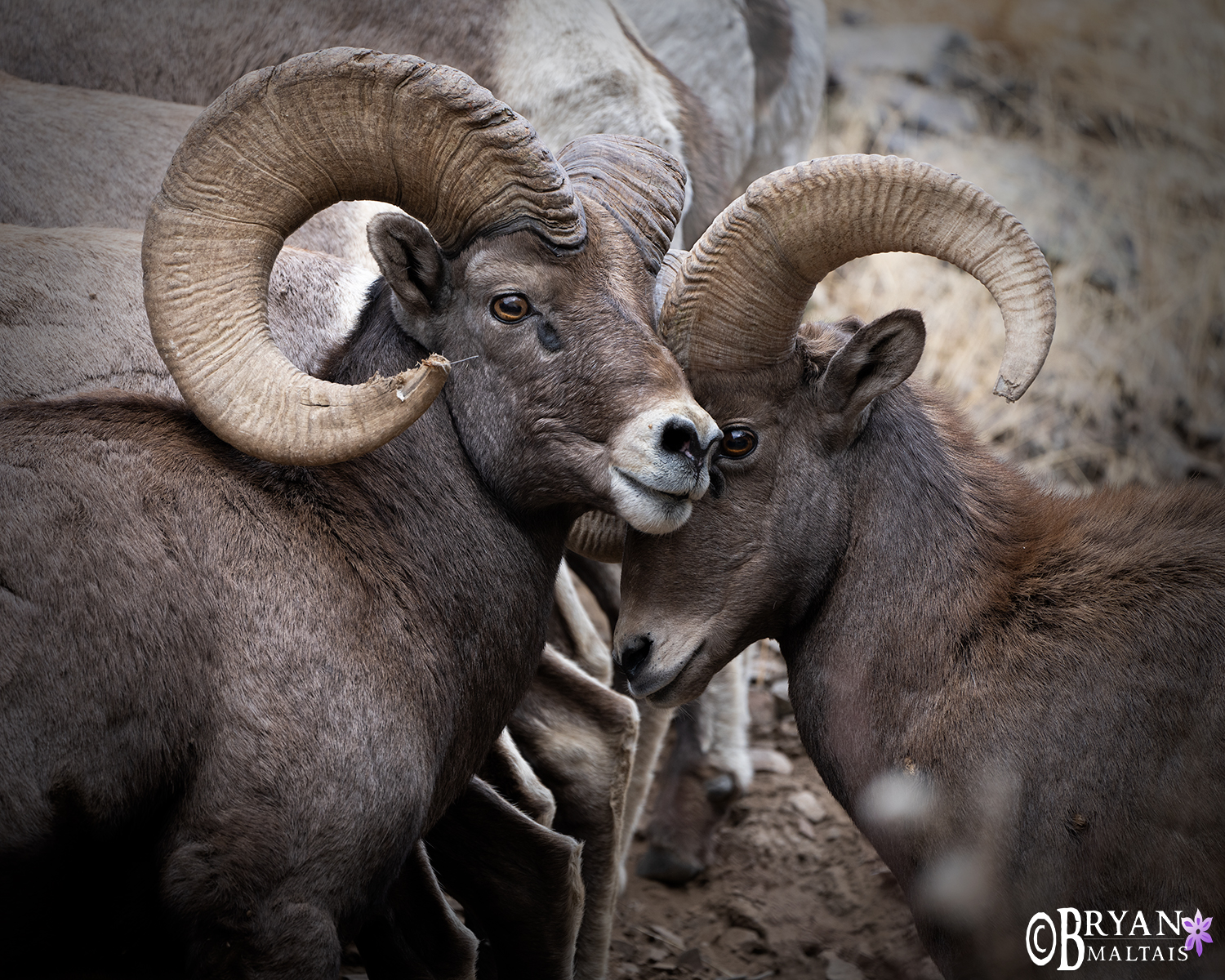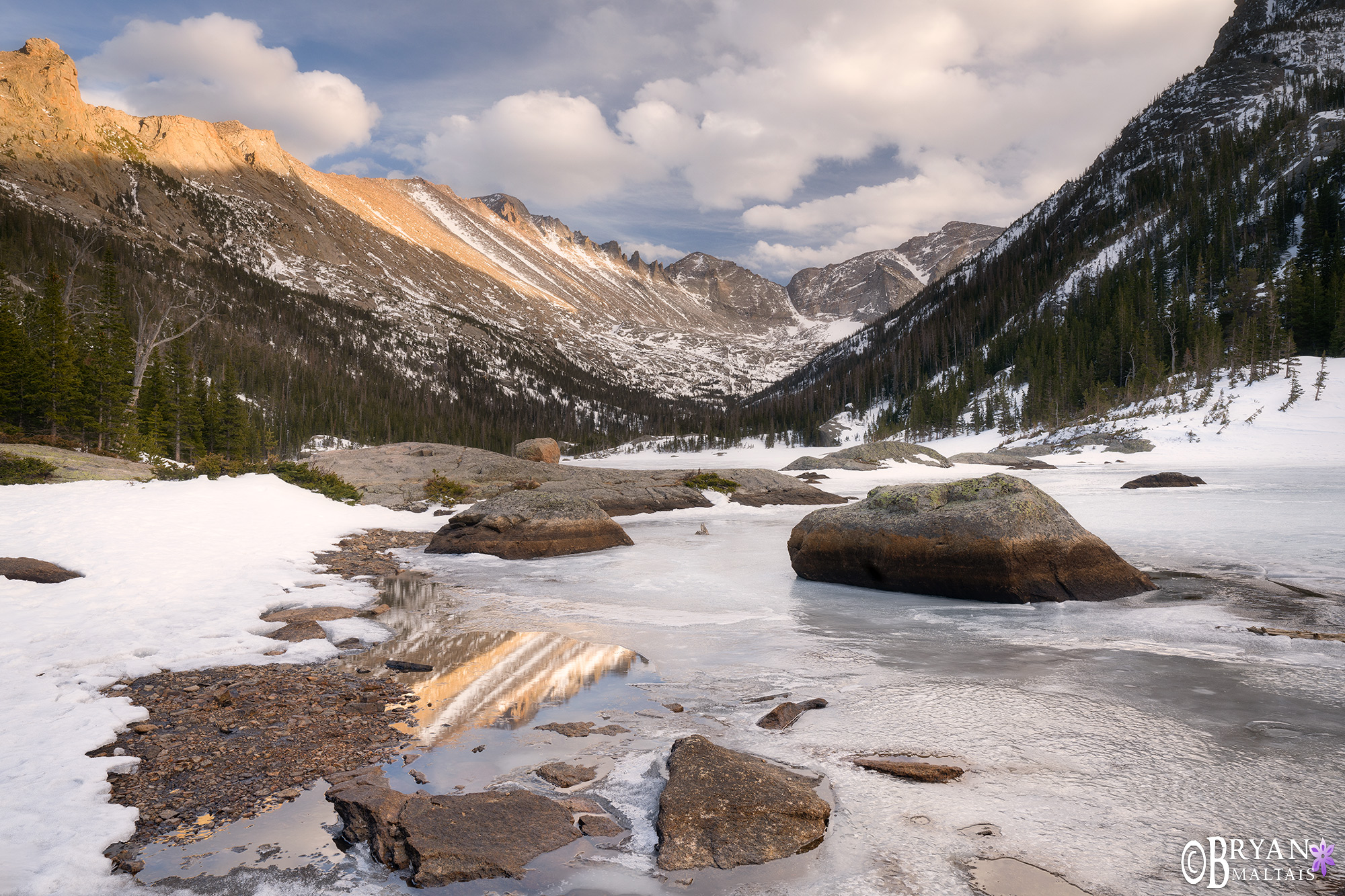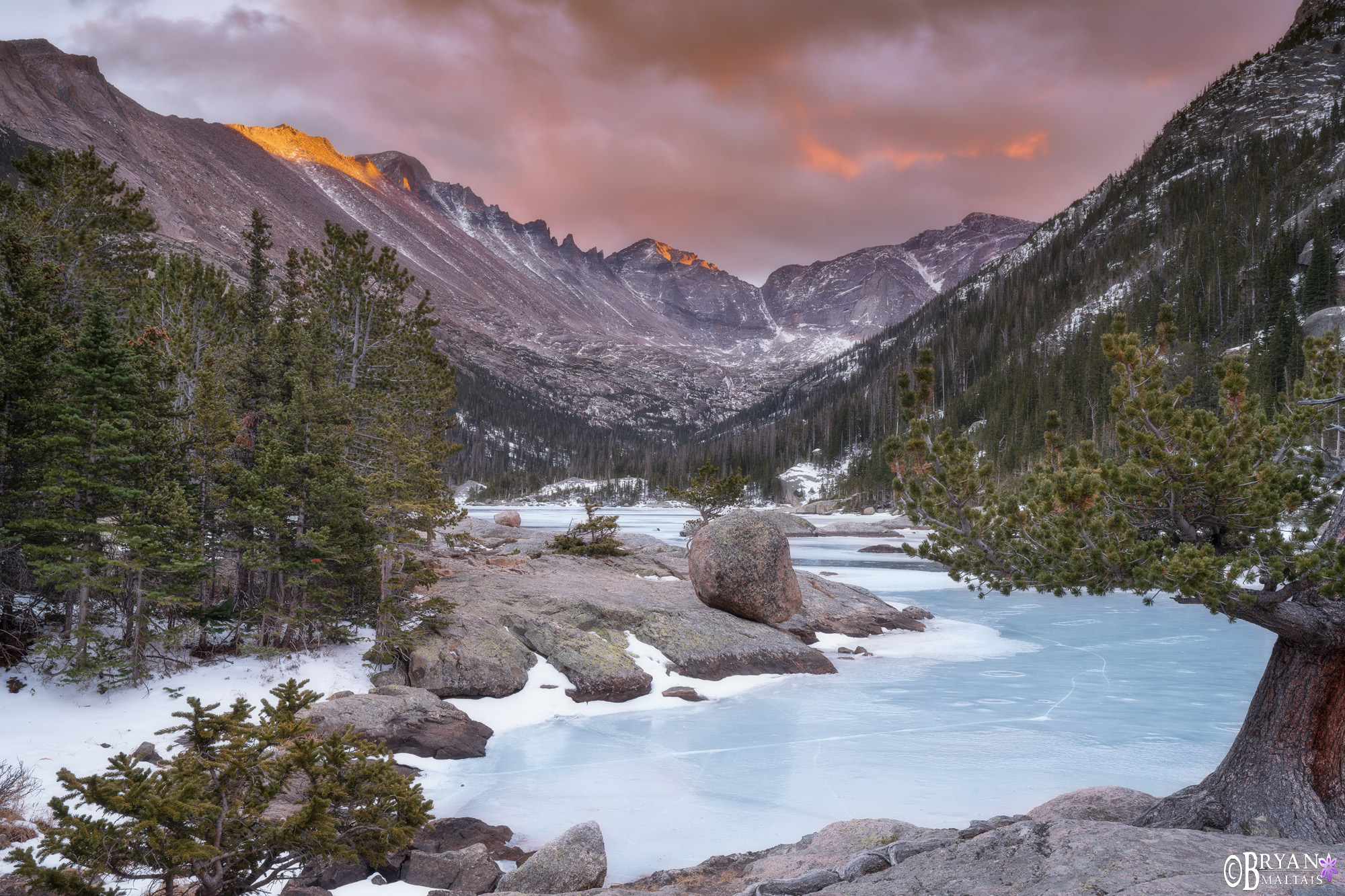
I returned to photograph this herd of Bighorn Sheep day after day during their late fall rut. Isolating a compelling composition from the gaggle of overlapping butts, horns and legs was challenging. For a split second these rams aligned for what I think is a moving composition.
How spending time in the Field can Improve your Photography
It makes you Practice
The obvious benefit of spending time in the field is practice. In Malcom Gladwell’s bestseller “Outliers: The Story of Success”, he popularized the rule that it takes 10,000 hours of practice to become a master in your field. I’m not sure if this can be proven, but it seems reasonable to me.
In photography, two impactful skills that practice can hone are creating balanced compositions and operating camera controls as if extensions of your fingers. No amount of watching how-to videos will grow the neural connections needed for either. The more often you shoot, the quicker you’ll be able to compose shots and dial-in settings without deliberation.
As a beginner, you’ll benefit from not waiting for occasions to shoot, but getting out to shoot anything that interests you as often as possible. If you’ve been bitten by the shutterbug, it’ll take more to hold you back from shooting than to make you go shooting.
Use whatever methods suit your learning style to practice both the technical and compositional aspects of photography. For example, to practice technical skills you can photograph a subject with a variety of settings and then compare how settings made each image look different. Your compositional skills can leap forward by self-critiquing your images for how you could have better captured symmetry, balance and beauty, then applying the lessons to the next time you shoot.
Capturing Fleeting Moments
Spending time in the field is the only way to capture fleeting shots that weren’t planned or forecast. Much of my portfolio consists of unique shots that I would’ve missed if I stayed home because the forecast looked bad. You never know when you’ll capture a rare happenstance or if conditions will turn brilliant for a flicker in time. Your portfolio risks lagging if you only ever wait for ideal conditions to get out.
Granted, after spending a lot of time in the field your portfolio may become good enough that it’s hard to beat yourself. In this phase it makes sense to be more discerning than indiscriminate when deciding whether to go shoot.

Despite a great forecast, this was the last light I captured before clouds blocked the sun. I knew I’d have to spend more time in the field to capture the compositions I was really after.
 Returning to the same location let me capture these rare conditions that might be hard for me to beat in the near future.
Returning to the same location let me capture these rare conditions that might be hard for me to beat in the near future.
Preventing Portfolio Stagnation
As time progresses, a litany of factors renders photos outdated. You can keep them fresh by continuing to spend time in the field. As more people get out and shoot, they constantly strive to surpass what’s already been done. When I peruse tabletop landscape photography books from the 90’s, I often see shots taken in harsh mid-day light with unremarkable compositions. Back then people were simply amazed to see pictures of wild places, but today those images don’t cut it. In your own portfolio, older photos may begin to pale in comparison to your latest work, and no longer represent your current skill level.
Another factor is equipment. Older photos begin to lose their edge against images taken with modern equipment that can be printed larger with more resolution.
Conclusion
It’s no epiphany to suggest that improving at something requires spending time doing it. But while this may be obvious for pursuits like learning the guitar, I think we often view our camera as a tool waiting to be used when the opportunity arises. Great photos can only be captured spending a lot of time in the field with your camera.
Bryan Maltais is an award-winning professional photographer, film-maker and founder of Wilderness Shots Photography Workshops. He runs Wilderness Shots Nature Photography Workshops, bringing photography enthusiasts to the most beautiful locations in the American West with expert instruction. He’s been speaking, instructing and publishing for the past 20 years.

